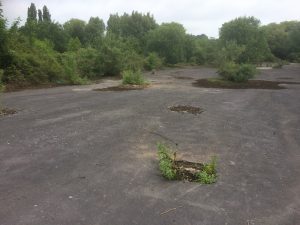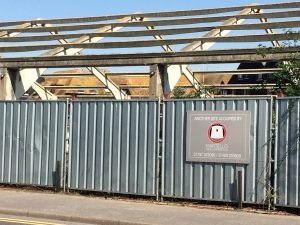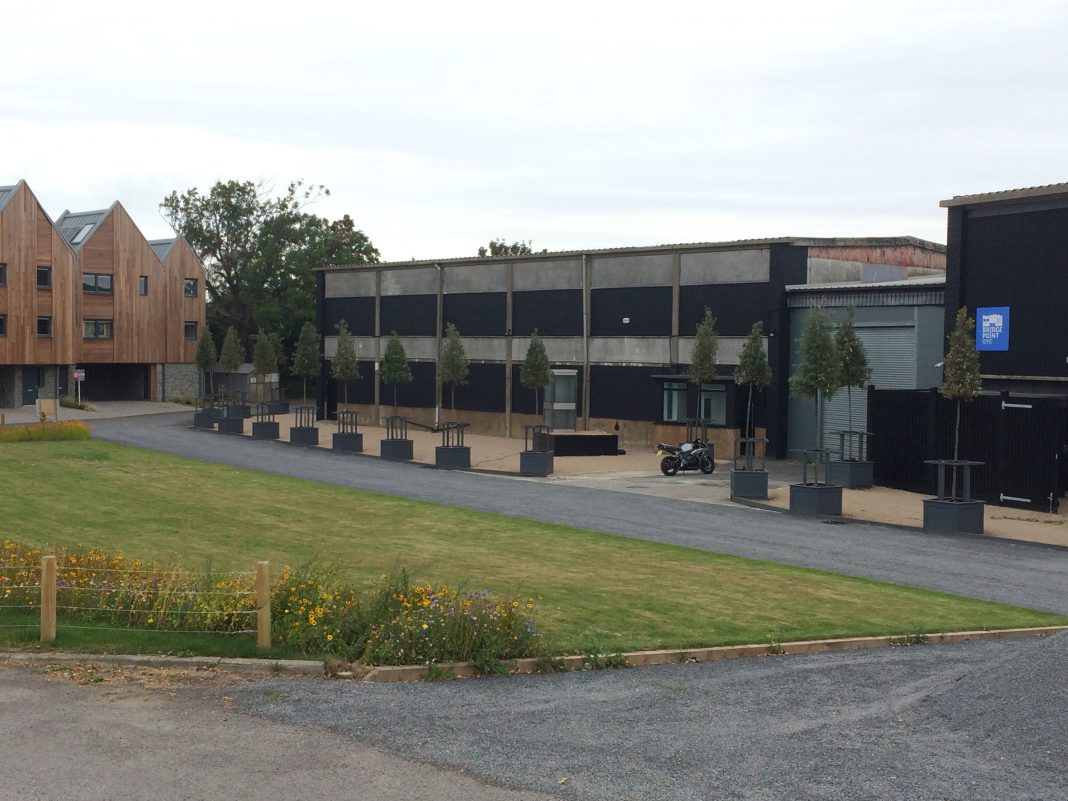[Editor’s note: The following article was posted as a comment on last week’s article on the arts complex. As editor I feel that it may be useful in clarifying the range of issues raised (as the article attracted nearly 20 comments) but must stress that it is a personal response by the author, and not on behalf of the Rye Conservation Society, although it is a matter of public record that the society have written in support of the application. Editor]
First of all I’d like to make it clear that I am commenting in a personal capacity and not as chairman of Rye Conservation Society’s planning committee. I feel clarification would be helpful on some issues to do with the original article then entitled Arts Complex in Doubt.
The viability report prepared by Bespoke Property Experts was commissioned by Martello Developments and submitted as part of their planning application. This was required solely in order that Rother could ascertain whether the development was capable of supporting the required element of affordable housing or a financial contribution towards it.
This was made clear in Bespoke Property Experts’ report which states that ‘This assessment is provided for the purposes of agreeing appropriate S106 and affordable housing obligations and is not a valuation of the subject site or scheme’. The report was considered by Altair, consultants appointed by Rother.
As is usually the case whilst the methodology is agreed, the costs and other values to be used in the calculations are matters for agreement between both sides, and this is why the final sign-off by Altair was published only in January of this year. That report ‘concludes no affordable housing can viably be delivered on the site’. Establishing this, and therefore meeting the requirements of policy LHN2 and para 15.29 of Rother’s core strategy, were the only reasons the viability report was required.

It should be noted that exactly the same procedure was undertaken as part of the planning application for the Plutus development of the former Thomas Peacocke site, where the viability is such that no on-site affordable housing is to be provided, but instead a financial contribution of £78,000 made to Rother towards such provision.
The final decision to proceed with any project is solely for the developer and will be based on a balance of development costs, the actual and projected financial climate, risk and where appropriate an anticipated level of profit.
In the case of Bridgepoint Studios there is also the desire to create an arts complex with a specific programme, set out in the planning application, which will in no way compete with the community centre or Tilling Green. In addition it should be noted that, if consent is granted for this development and the project proceeds, a community infrastructure levy of £226,500 will be paid to Rother of which 25% i.e. £56,625 will accrue to Rye.

The article raises the question about the future intentions for other sites owned by Martello. In two cases we know what is currently proposed as planning approval has recently been granted for the former Gristmill site and for the Cabin on Rock Channel. The Gristmill site is to be developed as two flats at first-floor level above commercial, retail or restaurant space on the ground floor. Consent has been granted for the Cabin to be developed as a single three-bedroom house.
The future potential for other sites, whether owned by Martello or others, will be subject to the policies of the Rother core strategy, the recently adopted Development and Site Allocation Plan and the Rye Neighbourhood Plan, where the residents of Rye had their say and which they recently voted to adopt.
In the case of the land on the Rye Harbour side of the Brede this has been designated as a strategic gap since 2006, a designation that is reiterated in the recently adopted Development and Site Allocation Plan Policy DEN3. It also adjoins the banks of the Rother that have SSSI and RAMSAR environmental protection.
It has to be remembered that the planning system in England is one with a presumption in favour of sustainable development as long as the policies in the approved local plans are met and the three objectives of sustainable development (namely, economic, social and environmental) achieved.
ECONOMIC DOWNTURN ANOTHER ISSUE
How the development of Bridgepoint Studios and other projects, such as the Plutus housing scheme for the former Thomas Peacocke site, will be affected by the economic downturn following the Covid-19 emergency has yet to be established, although it is bound to have a negative impact on the viability assessments of both projects.
With the Office of Budget Responsibility forecasting a 35% reduction in GDP for the next financial quarter, increased unemployment, many household incomes dramatically reduced, and the construction industry significantly impacted by the lockdown, the future pace of development across the whole country is called into question.
In addition, the virus may well affect the future plans of the small artistic companies and individual artists for whom the studios were design to provide facilities. If this were to result in a change to the anticipated programme of events, currently to be restricted to one main public performance each month, the potential impact on servicing and parking would need to be considered by Rother.
Speaking personally, I hope that Martello takes a long-term view, and that this potentially exciting scheme will gain consent and proceed.
Image Credits: Kevin McCarthy .




Let’s hope then that Martello take the magnanimous decision to build some affordable housing despite the lack of viability – assuming that is something the planning authorities can accept. Unfortunate I doubt the community will get behind the project without it
In the informal Rother Neighbourhood Planners group, because it has direct impact on the provision of affordable housing, we have spent some time discussing the question of development viability, noting that critics of the process argue that:
– some developers rely upon financial viability assessments to justify diverging from national and local planning policies and to limit their contributions to infrastructure and affordable housing;
– the assessments are often regarded as “commercially sensitive” and therefore not generally publicly available, making the process opaque.
From current proposals in Rye, there appears to be little prospect of “affordable” or social housing from either the west of Rock Channel (and Bridgepoint) or the Lower School Site, other than total contributions amounting to the part cost of a Rye starter home and some accommodation for artists.
At the Town Meeting in March, the question arose : “what was Rye doing about affordable housing?” Our work on making the Rye Neighbourhood Plan resulted in policy, but in the short term there is concern about how that will translate into suitable dwellings. We are continuing to press for solutions.
Anthony Kimber PhD
Vice Chair Rye Neighbourhood Plan Steering Group
Thank you Julian Luckett for such a detailed and thoughtful article about these issues. Like you, I hope Martello Development takes a long view and maintains support for BridgePoint. In my opinion it will be a tremendous asset for Rye in many ways.